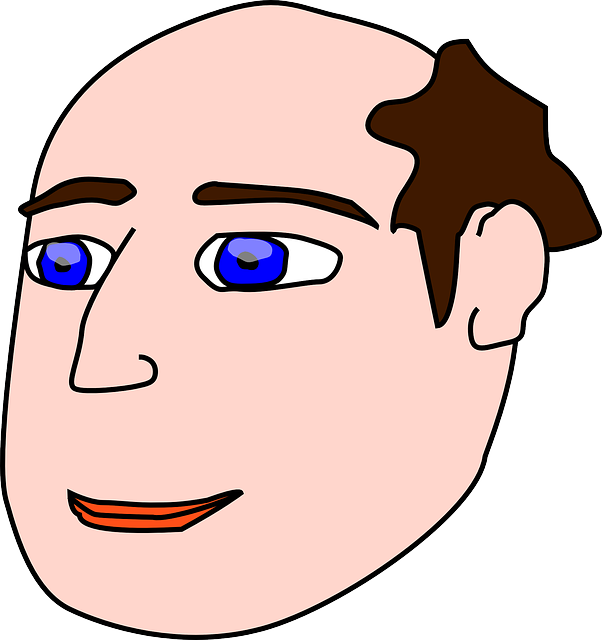How Bald Will I Get?
Noticing that your hair is thinning can be an uncomfortable realisation. Although most men experience some degree of hair loss as they get older, you might feel self-conscious if this starts to happen to you. This process can have a negative impact on self-esteem, and in some cases it can even trigger depression.
One of the things you might find especially hard to cope with is not knowing how far your hair loss will go. Will it leave you with slighting thinner tresses, a receding hairline, a bare patch on top of your head, or will you have no hair left at all? It can be impossible to predict the exact level that your hair loss will reach, but by understanding the cause of your condition, you can at least make an educated guess. Bear in mind that, depending on the type of hair loss you have, you may be able to seek treatments from trusted medical suppliers such as LloydsPharmacy Online Doctor.
This brief guide will talk you through the major types of hair loss, and the treatment options available. It should give you a better idea of what to expect.
Male pattern baldness
The most common type of hair loss is male pattern baldness. Also known as androgenetic alopecia, this is characterised by a receding of the hairline and thinning at the top of the head and around the temples. This affects around half of all men by the age of 50, although it can start at a much younger age. Sometimes, it can lead to the complete loss of hair, but this is relatively rare. In most cases, at least some hair remains, often in a horseshoe shape around the back and sides of the scalp.
 It is a hereditary condition that causes testosterone to be converted into a hormone called dihydrotestosterone (DHT). This has an adverse effect on the roots of hairs and can slow down or even stop growth. The good news is, there are treatment options available for this form of hair loss. For example, finasteride, which is better known under the brand Propecia, can be taken in tablet form to block the effect of DHT on hair follicles. Bear in mind that it usually takes around three to six months to produce results, and if you stop taking the tablets, hair loss will probably resume. However, around nine in ten of the men who use it see an improvement, while two-thirds experience renewed hair growth.
It is a hereditary condition that causes testosterone to be converted into a hormone called dihydrotestosterone (DHT). This has an adverse effect on the roots of hairs and can slow down or even stop growth. The good news is, there are treatment options available for this form of hair loss. For example, finasteride, which is better known under the brand Propecia, can be taken in tablet form to block the effect of DHT on hair follicles. Bear in mind that it usually takes around three to six months to produce results, and if you stop taking the tablets, hair loss will probably resume. However, around nine in ten of the men who use it see an improvement, while two-thirds experience renewed hair growth.
Another treatment option is minoxidil. This is applied directly to the scalp in lotion form. It remains unclear exactly how this treatment works, but it seems to have a temporary stimulating effect on follicles. Around 15% of those who use it experience some re-growth.
Telogen effluvium
Another cause of hair loss is telogen effluvium. You might have this if you’re experiencing a widespread thinning of your hair. It can be triggered by an illness, dramatic changes in diet or intense emotional stress. Certain medications, like anticoagulants, can also have this effect. In most cases of telogen effluvium, the hair stops falling out and starts to grow back within six months.
Alopecia areata
If you have patches of hair loss roughly the size of a large coin, you might have a condition called alopecia areata. This is caused by a problem with the immune system and it’s most common in teens and young adults. It’s believed that some people’s genes make them more prone to developing this type of alopecia as one in five sufferers have a family history of the condition. In most cases, hair grows back within a few months. At first, it might be fine and white, but it should return to normal over time. It’s also worth noting that alopecia areata can be treated with steroid injections, creams, gels or ointments.
Alopecia totalis
A much more severe form of hair loss is alopecia totalis. This is a complete loss of hair on the head. Unfortunately in these cases, hair is unlikely to grow back, unless the loss was triggered by a traumatic event like chemotherapy.
By understanding the cause of your hair loss, you can have a much clearer idea of what to expect, and you can ensure that you access any suitable treatments to limit or reverse the process.
